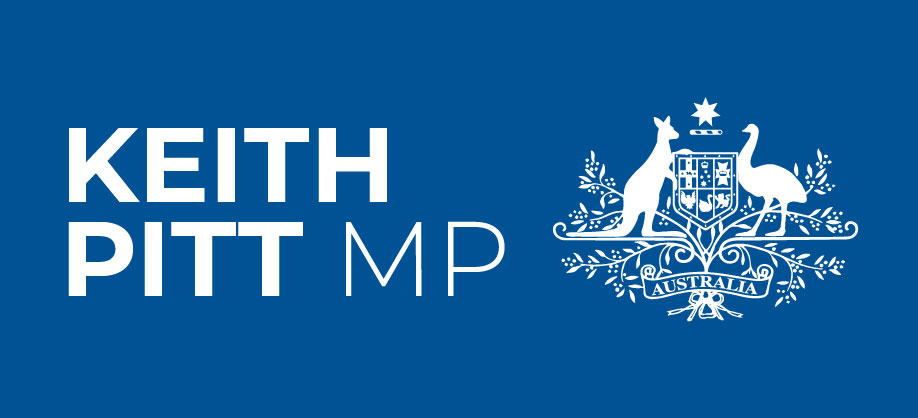Second reading – Treasury Laws Amendment (Prohibiting Energy Market Misconduct) Bill 2019
Mr PITT: It’s always a great pleasure to follow on from the member for Melbourne. I really think he’s missing the point because the point here is about getting the cost of electricity down for consumers and business. That is what matters to those individuals. It never ceases to amaze me that we have individuals like the member for Melbourne who think they’re design engineers for our electricity generators, our transmission networks, our distribution systems. I would suggest to the member for Melbourne: do you really want to be out there designing under-river tunnels? Do you want to design a high-rise building? How about a 200,000 tonne ship? Would you like to put your family across a bridge that you have designed? Yet we continue to have individuals in this place, like the member for Melbourne, who think they can design the most critical piece of infrastructure for this nation and its prosperity. I think they should take some advice, those individuals, from people who do this for a living. And I can tell you, I’m very happy to compare resumes with the member for Melbourne any time he is ready. The reality is even I wouldn’t put myself up as a transmission design engineer. It is an incredibly complex role that takes years and years, decades in fact, to achieve the point where you can design, develop and deliver that type of infrastructure network.
This big-stick legislation, the Treasury Laws Amendment (Prohibiting Energy Market Misconduct) Bill 2019, is about one and thing only—that is, getting electricity prices in this country down and taking action, particularly against gentailers, and, in one case, the Queensland Labor government, which is robbing consumers. It is taking margins that are astronomical. We only have to go to a report in Queensland’s TheCourier-Mail on 2 October 2019, which said: ‘State-owned energy companies poured $1.5 billion of profits into the state Labor government’s coffers last financial year but the dividend bonanza did not stop spiralling debt.’ This was a recommendation from the ACCC in its review. It was a recommendation particularly aimed at the Queensland Labor government, the gaming of the system and the wholesale generation system in the NEM. They have now produced a $1.5 billion profit from all of the networks and generating assets that they own.
I say again to the member for Melbourne: this is about getting down the price of energy for consumers, for seniors, for people who want to be in business, for those who might want to run a refrigeration plant like a butcher, for a foundry. I have any number of examples here from small business through to big business.
I met with Shane Roberts, the owner of Pacific Coffee in Bundaberg, earlier this year, along with Minister Angus Taylor. The top three costs for his business are now wages, commercial rent and electricity. He had to invest nearly $40,000 to change his air conditioning over to try to bring down that monthly bill, because it is completely out of hand.
There is a foundry in Bundaberg, Walkers, which has been in place for more than 130 years—130 years for a heavy industry in my region. Their electricity prices have more than doubled since 2008. Enio Troiani, the manager there, told us at the start of the year that their annual power bill will climb from $1 million to $1.7 million a year—$700,000. If anybody out there thinks that these types of business have $700,000 hidden away in their bottom line that they can throw at increasing electricity costs, they’ve got rocks in their heads. Walkers pay 28c a kilowatt hour for electricity. That is expected to rise to 48c from next year because of new demand tariffs from the Queensland Labor government. A free audit provided by the state government in Queensland failed to find a cheaper solution. Do you know what they suggested, Mr Deputy Speaker Andrews? They suggested Walkers get diesel generators—diesel generators to replace what has been an efficient, reliable network on the riverside, in the middle of town. This is what it has come to. What hypocrisy from the Queensland state Labor government! It is outrageous.
According to the Bundaberg Regional Irrigators Group, energy costs have increased steadily since 1985 but rose sharply between 2007 and 2015. Their research shows there was about an 80 per cent increase in those eight years alone. This is simply unsustainable. It is unsustainable.
I’d say to idealists like the member for Melbourne: get off your high horse and get out and talk to people who are not earning a large salary like the member and others in this House—the ones who struggle to pay their bill every single month or every single quarter because they simply cannot pay.
This bill is about ensuring we have something we can throw at those idealists and the Queensland Labor government if they do not want to play ball. If they don’t want to put down the price of energy for the people that we represent, we have the opportunity with big-stick legislation to make sure we bust up those energy companies and provide competition. It won’t be privatised; it’s more GOCs. In fact, it’s the exact position that Queensland used to have not that long ago. It’s the Queensland Labor government which has combined all those assets, taken away competition, driven up prices and continued to rob $1½ billion from consumers.
I say it again: this bill is about getting electricity prices down. It is tough but necessary legislation, and I absolutely commend Minister Angus Taylor for putting it forward. If the Labor Party are supporting it, I will certainly support what they are doing. This is critical for our nation. It is critical for business, moving forward. We have to ensure we maintain industry in this country, and industry needs to be competitive on energy prices.

